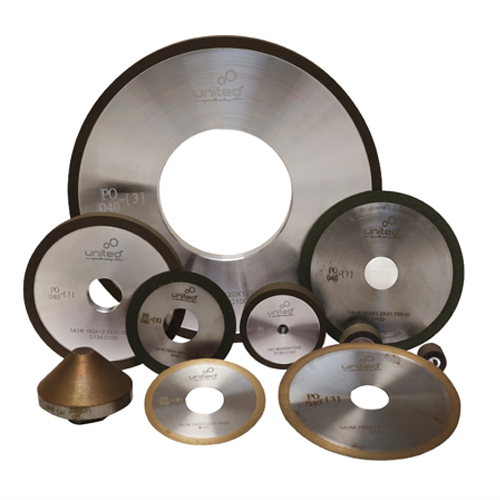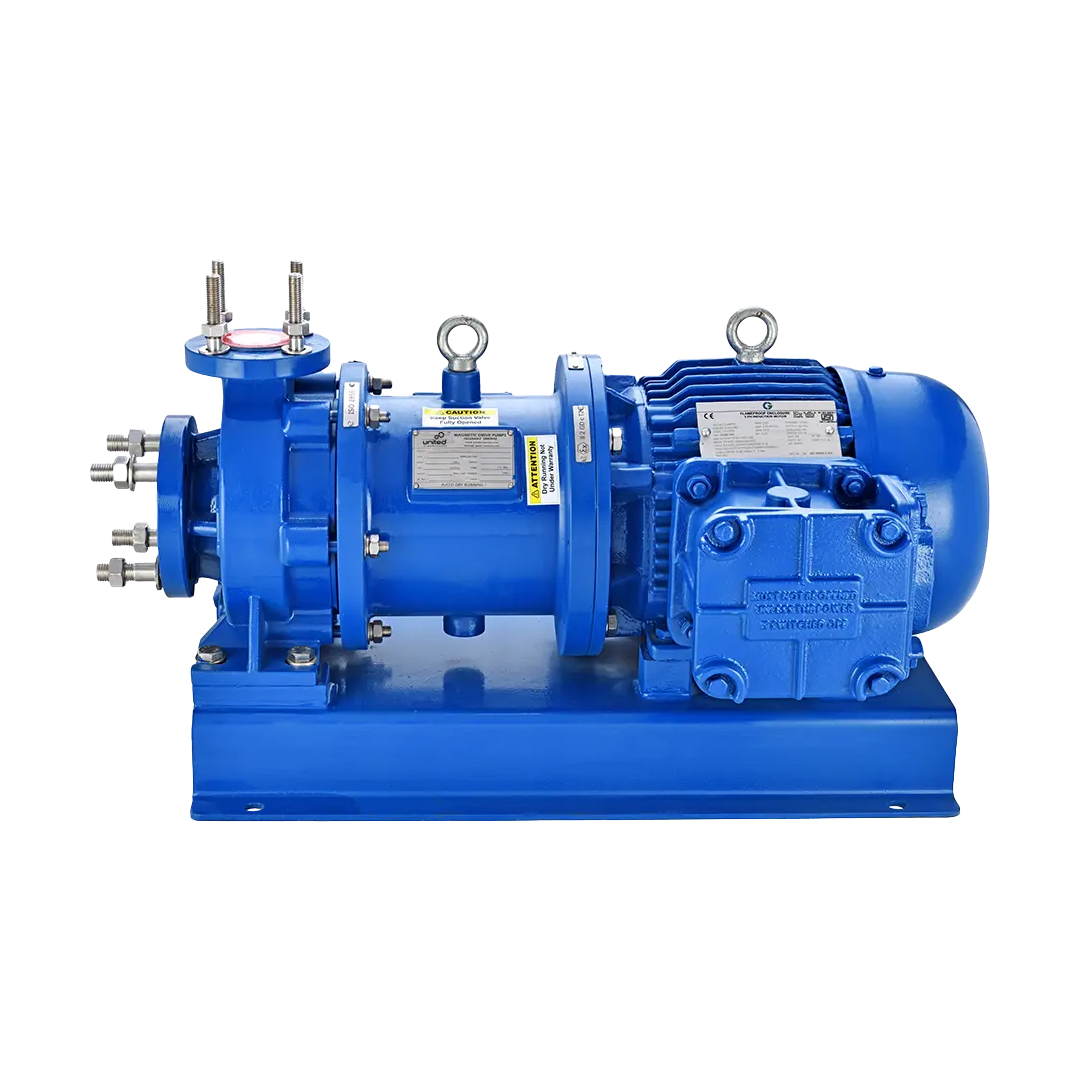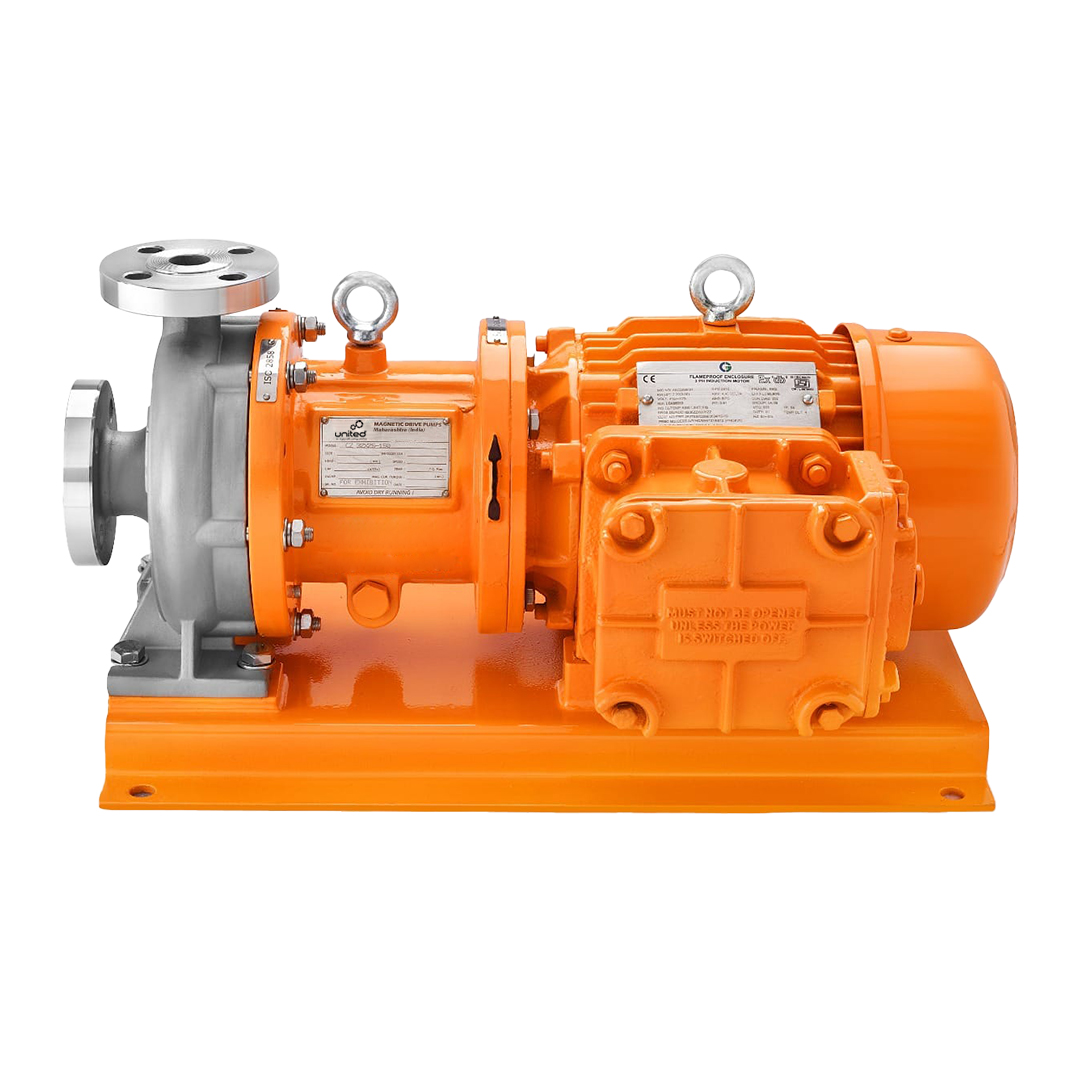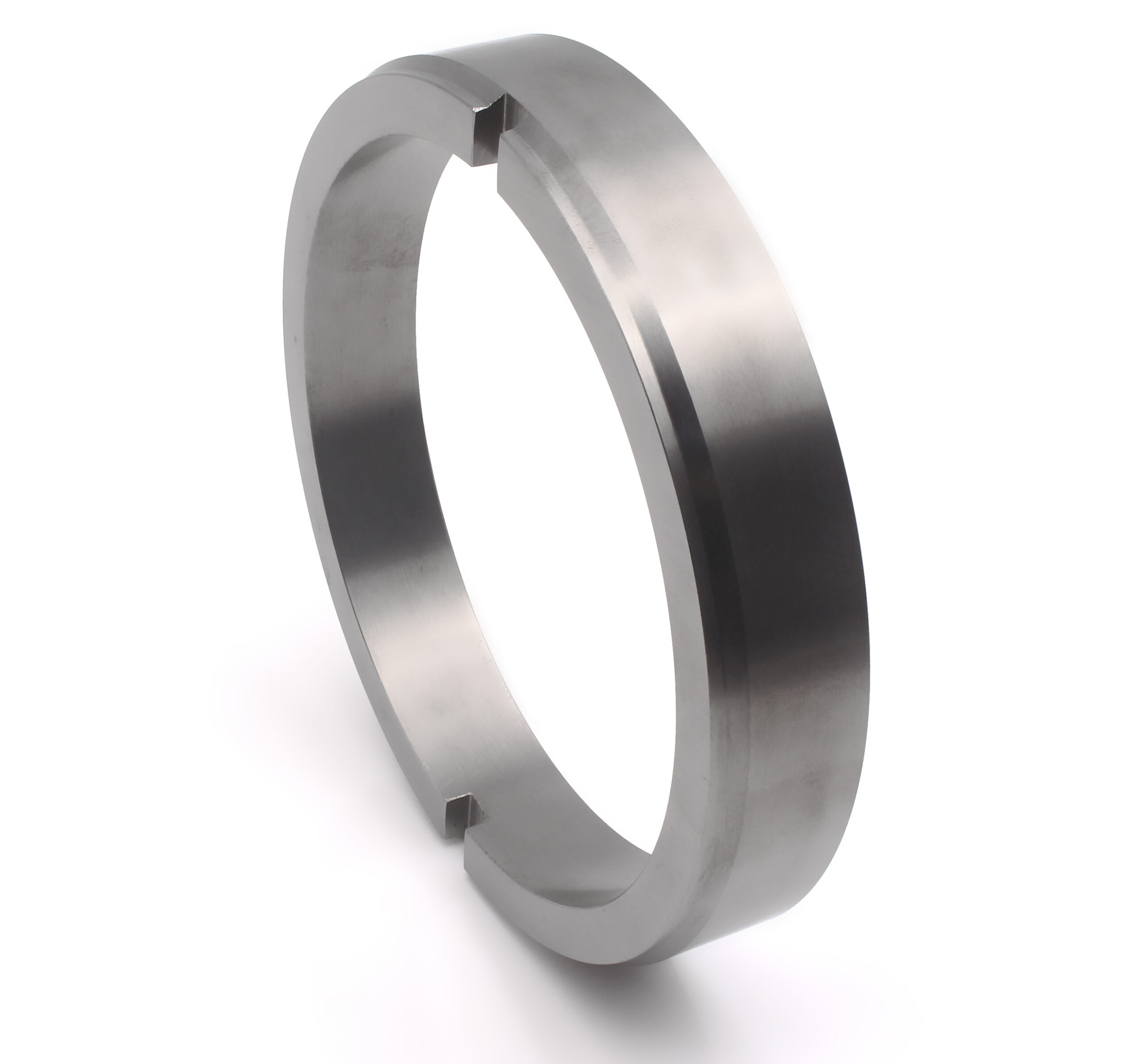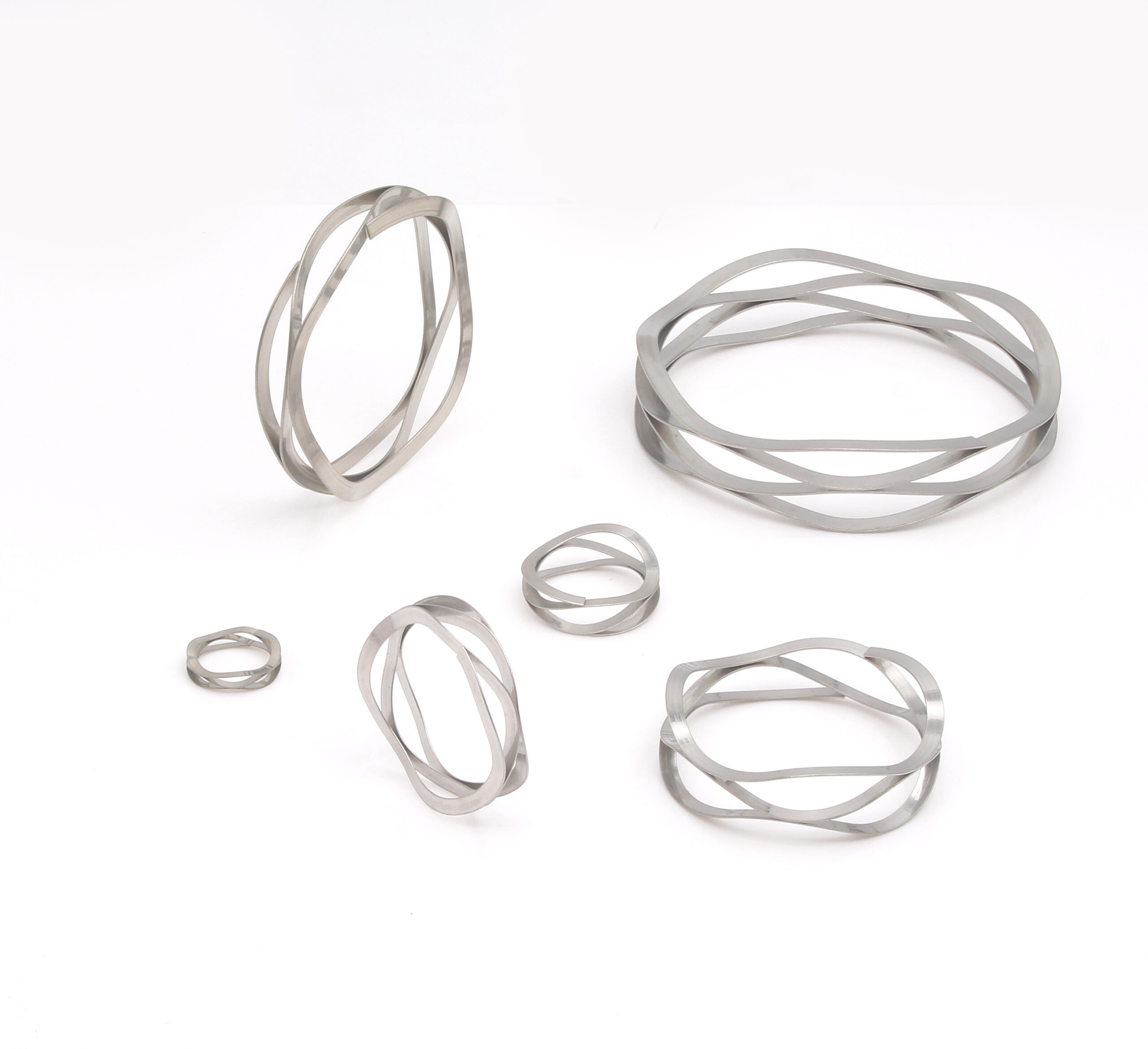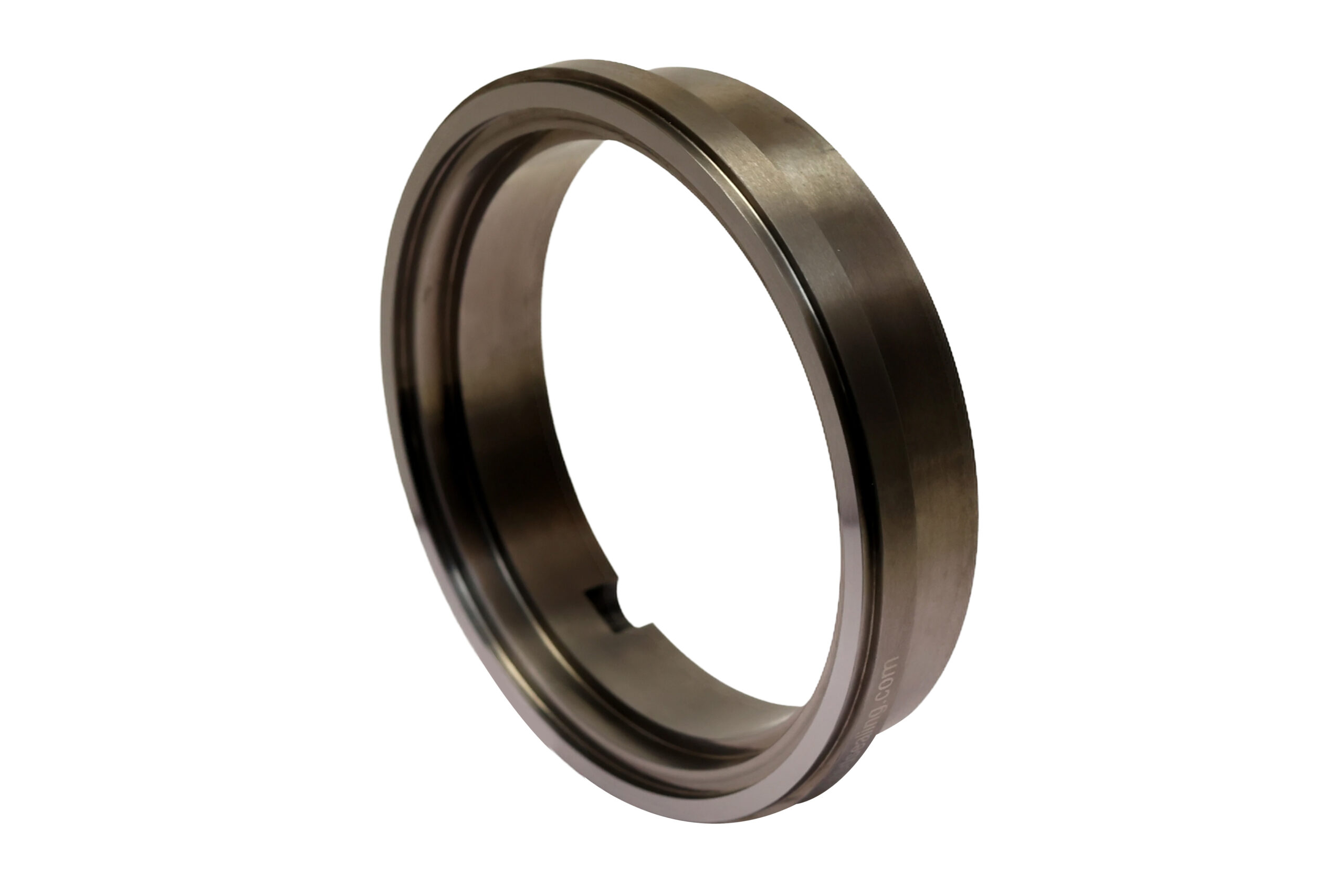In the world of precision sealing, grinding wheels play a vital yet often overlooked role in ensuring the accuracy, durability, and performance of mechanical seals. These abrasive tools are essential in manufacturing and finishing processes where extreme tolerances, mirror-like finishes, and tight concentricity are critical.
1. Precision Surface Finishing of Seal Faces
One of the most critical applications of grinding wheels in mechanical seals is the finishing of seal faces. Mechanical seals rely on two extremely flat surfaces (usually rotating and stationary rings) to maintain a leak-proof barrier. Grinding wheels are used to:
-
Achieve superfine flatness (less than 2 light bands),
-
Maintain parallelism and uniform thickness across the seal face,
-
Produce a micron-level surface finish (Ra ≤ 0.2 µm).
This finish is crucial for reducing friction, heat generation, and wear between sliding seal surfaces.
2. Shaping Hard Materials Like Carbide & Ceramic
Mechanical seal rings are often made from hard and brittle materials such as:
-
Tungsten Carbide (WC)
-
Silicon Carbide (SiC)
-
Ceramic Oxides (Al₂O₃, ZrO₂)
Grinding wheels — especially those made with diamond abrasives or CBN (Cubic Boron Nitride) — are indispensable for machining these materials with:
-
High dimensional accuracy
-
Low thermal damage
-
Minimal material microcracking
3. Achieving Tight Tolerances for Seal Components
Mechanical seal components must meet extremely tight dimensional tolerances, often in the range of ±0.005 mm or better. Precision grinding helps:
-
Maintain concentricity and roundness of rotary seal rings,
-
Grind internal and external diameters with minimal runout,
-
Ensure a perfect mating fit between mechanical seal parts.
4. Lapping Pre-Processes & Flatness Correction
Before lapping or polishing, grinding wheels are used as a pre-processing step to:
-
Remove excess material,
-
Correct surface waviness or taper,
-
Minimize subsequent lapping time and costs.
Advanced grinding also reduces the risk of thermal warping or material stresses, which can compromise sealing performance.
5. Surface Conditioning for Bonding or Coating
Some mechanical seal components require surface treatments such as:
-
Coatings (e.g., plasma spray, PVD, or DLC),
-
Adhesive bonding,
-
Brazing.
Grinding wheels prepare the surface by introducing a controlled roughness or activation profile, enabling better adhesion and functional performance.

